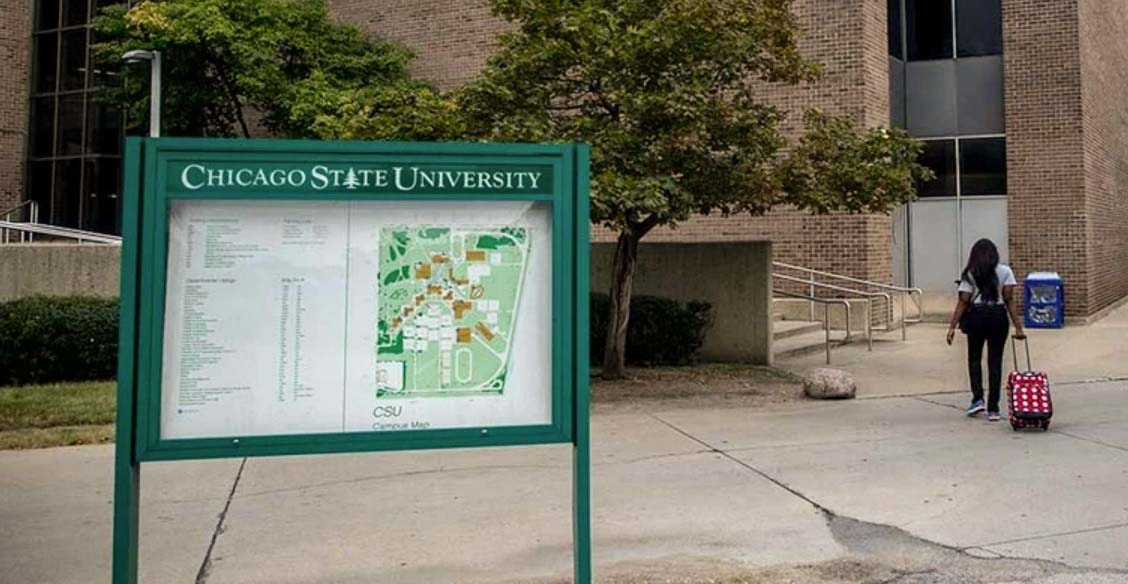Illinois is moving to create an equity-based funding formula for higher education,
potentially setting up a clash among the state’s 12 public universities over a limited
pot of state dollars.

A commission established by state legislators is exploring ways to reallocate those dollars to
help Black, Latino and low-income students. But one early and central discussion point
at the Commission on Equitable Public University Funding is likely to create tension: Should appropriations be tied to the demographic composition
of a school’s graduates?
Under such an approach, the state’s largest and most influential school—the University
of Illinois Urbana-Champaign—could lose funds to less selective, regional ones, such
as Governor’s State University and Chicago State University, which enroll fewer people
but have higher proportions of low-income and minority students. Lawmakers and advocates
are especially focused on boosting outcomes for Black undergraduate students because
that group has experienced the steepest enrollment losses—plummeting 34% between 2013 and 2019 compared to 25.9% for white students and 19.4%
for all undergraduates.
“It’s important for us to look at our enrollment of African American students—it’s
not where it should be,” said state Rep. Carol Ammons, a co-chair of the 33-member
commission who sponsored the bill that created it. “I don’t see how we get to equity
without looking at reality.”
Under such an approach, the state’s largest and most influential school—the University
of Illinois Urbana-Champaign—could lose funds to less selective, regional ones, such
as Governor’s State University and Chicago State University, which enroll fewer people
but have higher proportions of low-income and minority students. Lawmakers and advocates
are especially focused on boosting outcomes for Black undergraduate students because
that group has experienced the steepest enrollment losses—plummeting 34% between 2013 and 2019 compared to 25.9% for white students and 19.4%
for all undergraduates.
“It’s important for us to look at our enrollment of African American students—it’s
not where it should be,” said state Rep. Carol Ammons, a co-chair of the 33-member
commission who sponsored the bill that created it. “I don’t see how we get to equity
without looking at reality.”
Per the law, the commission must by July 2023 “recommend specific data-driven criteria and approaches
to the General Assembly to adequately, equitably, and stably fund public universities.”
The measure, included in a package of education reforms advanced by the Illinois Black Legislative Caucus following the death of George Floyd,
acknowledges the role that “historical and continued systemic racism” has played in
higher education.
Yet crafting a formula that takes these factors into account will be a complex and
arduous process. Currently, universities petition lawmakers with requests and typically
get across-the-board increases or decreases based on the prior year’s allocation, which locks in funding gaps between wealthier
schools that have larger endowments, donor support, and research grants and institutions
with less money that serve proportionally more diverse students.
Schools, however, could perceive a risk of losing out on money if they don’t enroll
and advance more low-income students and students of color. And it’s not clear at
this juncture how these metrics would be weighted in the calculations. The worst result
would be universities jostling against each other to avoid cuts.